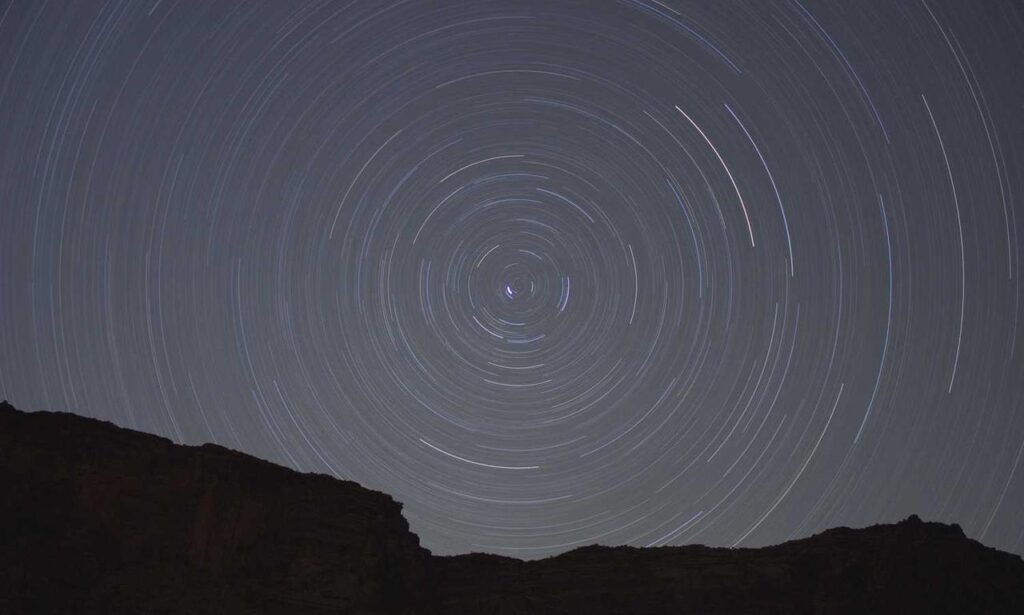What Is Daskusza Exploration?
To put it plainly, daskusza exploration refers to a raw, often undertheradar mode of research or tinkering—usually conducted by solo creators, small teams, or agile minds who prefer experimenting over overplanning. It’s resourceful and resultsfocused. Think skunkworks innovation meets backyard science.
It’s also about digging deep into a subject without formal constraints—a kind of intelligent wandering. Experts might approach it when formal frameworks fall short. Students might use it when they can’t find all the answers in textbooks. The key is pragmatic creativity.
Why It Matters Now
We’re seeing a trend: institutions move slower, but problems aren’t waiting. The need for fast, lean approaches to innovation is growing. Daskusza exploration offers a simple answer. It requires minimal bureaucracy, encourages iteration, and values imperfect but actionable findings.
In fastpaced industries—startups, tech R&D, content creation—relying entirely on polished procedures just doesn’t cut it. People need room to test and pivot, which is exactly what this style of exploration allows.
Key Characteristics
Here are some signs you’re operating in the daskusza exploration mode:
Outcomeoverprocess mindset: You measure success by what works, not by how pretty the process looks. Low fidelity methods: You’re okay with quick mockups, rough visualizations, minimal viable code—not because you’re cutting corners, but because you’re prioritizing insight speed. Crossdiscipline thinking: A coder borrows UX design thinking. A biologist reaches into AI. No gatekeeping, just solutions. Solo or microteams: These are often tightknit setups that move fast—maybe even individuals running side experiments on personal time. Minimal formal validation: Peer review comes later—or sometimes never. The value shines in utility before recognition.
How to Practice It
Interested in tapping into this mode of exploration? Here’s how to get started.
1. Ditch Perfection
Stop waiting for ideal resources or perfect data. Use what you have. Let progress guide planning, not the other way around.
2. Work in loops, not lines
Build. Test. Learn. Repeat. Unlike linear planning models, looped exploration favors momentum. It’s less about executing “the plan” and more about adapting with each iteration.
3. Make learning visible
Keep raw notes, journals, stickers on your wall. Show your trail of thought. It’s not wasted effort—it’s future reference, teaching material, and proof of concept evolution.
4. Share even the halfbaked
Distribute rough drafts, pilot ideas, failed attempts. Someone else might finish what you started, or see value you missed.
RealWorld Examples
Opensource prototypes: GitHub is filled with earlystage tools that fit the daskusza exploration style. They’re unpolished but often useful. Citizen science projects: Think astronomy groups identifying patterns missed by algorithms or backyard botanists discovering new plant traits. Hackathons and innovation sprints: These environments are fast, lightweight, and problemcentered by design—not ideapolishing factories.
Strengths and Limitations
Strengths:
Fast learning cycles Zero red tape High engagement—nothing kills curiosity like paperwork Room for surprise—serendipity is a design feature, not a bug
Limits:
Sustainability: Without structure, outcomes may hit a plateau Recognition: Because it breaks tradition, it’s not always taken seriously Scalability: What works at a small scale doesn’t always grow smoothly
The idea isn’t to replace traditional research or institutional innovation. Instead, daskusza exploration complements it—filling in blind spots, proposing edge solutions, and bridging theory with action.
Who Should Care?
This isn’t just for scientists or coders. If you work in areas like:
Product design Entrepreneurship Education Nonprofit initiatives Essay writing or journalism
Then daskusza exploration gives you permission to think outside the formal lines—and act fast on that thinking. No fancy lab? No grant approval? No problem. If you’ve got curiosity and a notebook, you’re good.
Closing Thought
The world doesn’t need more neat diagrams of utopia. We need fieldnotes from bold explorers—those brave enough to test big ideas with small tools. Daskusza exploration is a mindset shift. Once you see it, you’ll notice it everywhere—in the way people problemsolve, how they juggle limitations, and how they chase insights with grit.
So go ahead. Start messy. Trust your creative loops. And don’t wait for permission to explore.




